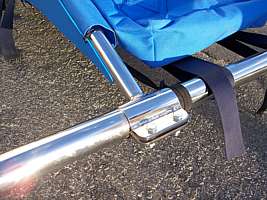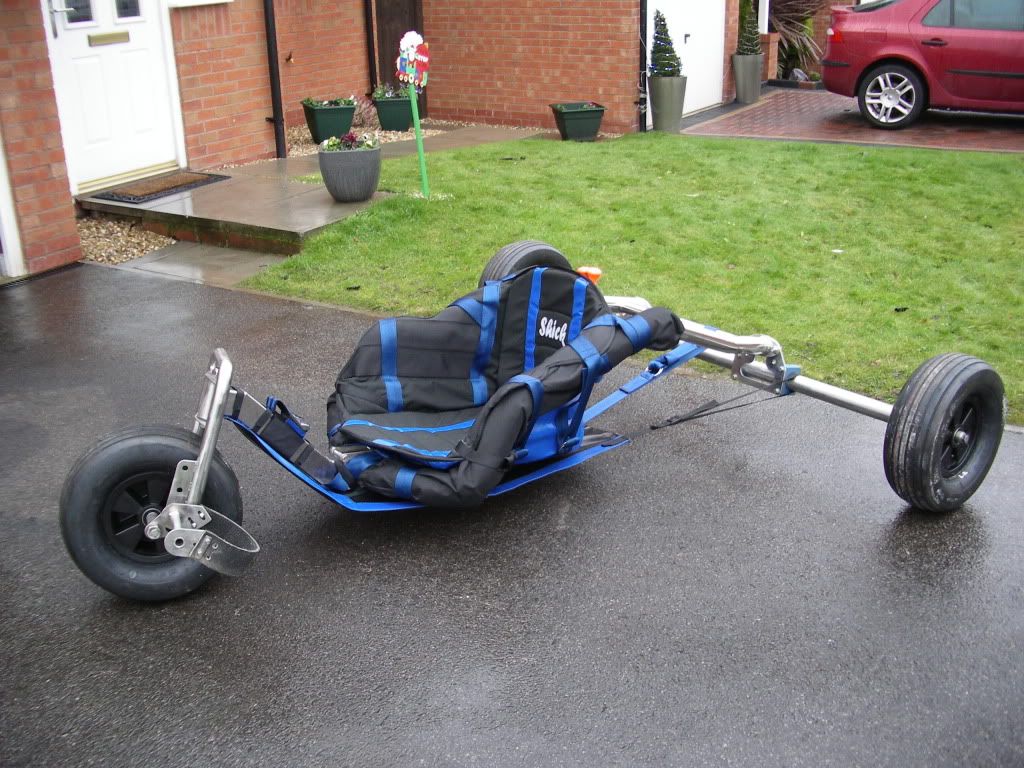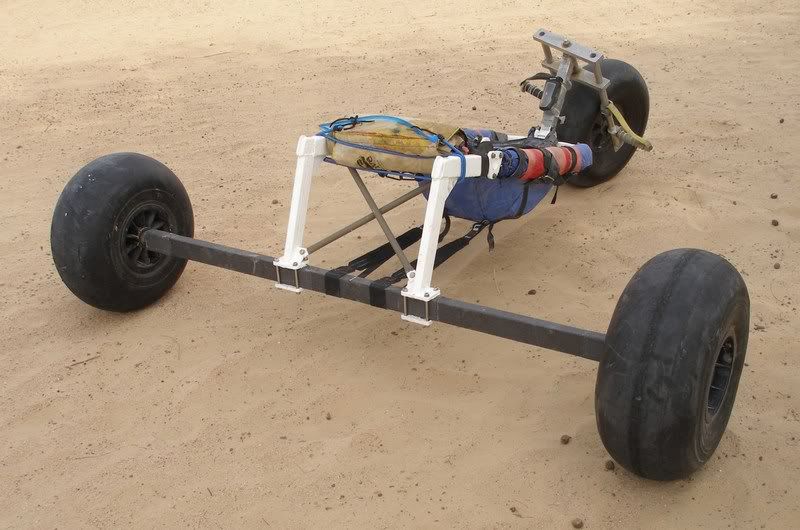| Quote: |
| Originally posted by acampbell Popeye is it practical to clamp the axle to the bench to keep it straight until it cools after the weld, or are the bending forces just too great? Great video series by the way. Thanks. |
sorry to hijack your post Carl, But you can PREBEND in the opposite direction a few degrees before welding , we call it backbreaking or negative camber. In the case of your axle,I would put a 1/8"to 1/4"(do a mock up first to get the right amount) thick piece of flatbar under where you are going to weld. Then clamp each end down,thereby bowing the axle.When welded and unclamped, if ya did it right ,it will be straight.









